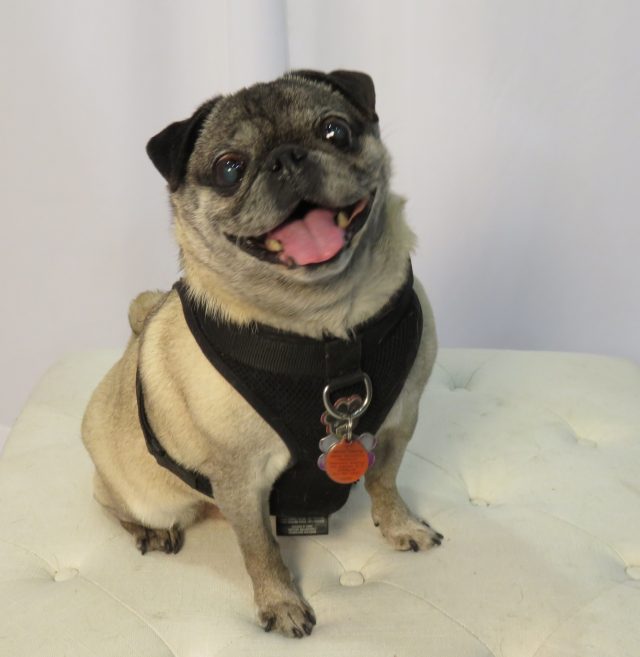
The Pug Breed is believed to have originated in China, and then to have been imported to Europe around 400 years ago. The pug reportedly became the official dog of the House of Orange in 1572 after a Pug saved the life of the Prince of Orange by alerting him to the approach of assassins. The breed was popular with royalty, particularly during the reign of Queen Victoria in the UK, and frequently pampered like royalty. They were apparently one of the most searched breeds on the internet last year according to Google.
The Pug is a squarely built, deep chested, compact breed with short legs, a tightly curled tail and an unmistakable flat, wrinkled face with large round, dark protruding eyes. They are known as a brachycephalic breed like Bulldogs, and require face cleaning in their wrinkles. They frequently have an underbite. They may be prone to breathing issues and may suffer in extreme temperatures.
Their smooth short coats can be fawn, apricot fawn, silver fawn, or black. Pugs require minimal grooming, but they do shed a lot (more than I expected, even with regular brushing).
Pugs are true companion dogs. Although pint-sized, Pugs come packed with a lot of cheeky charm and love company. The cute, sturdy little dogs usually like children and if properly socialized and trained, can make great family pets. They may have bursts of energy and be quite nimble, but do not generally have a lot of stamina and will happily snooze on the couch a lot (snoring in my pug’s case). Pugs can make great apartment dwelling dogs. They do require lots of love and attention and are known for shadowing their pet parents.
Pugs are usually smart and eager to please, but can be a little stubborn to train. They love to play and take walks (but usually not long hikes and they are not great in extreme heat or cold). They are often very food motivated and seem to respond best to positive reinforcement and patience. If they do not get enough exercise and an appropriate diet, they can be prone to obesity.
See our gallery of pugs here then more facts and testimonials from pug owners below:

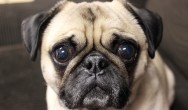
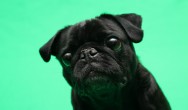
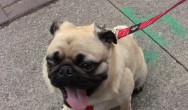



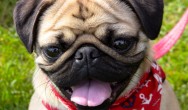
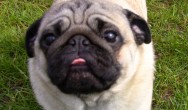
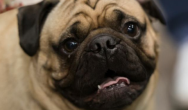
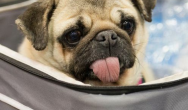
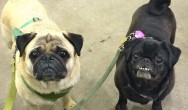
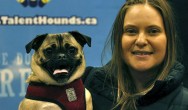
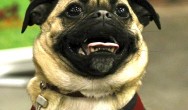
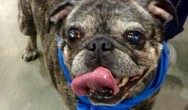
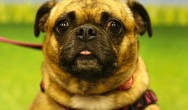
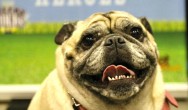
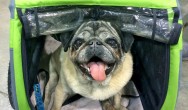
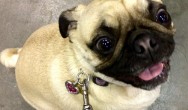
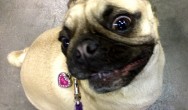
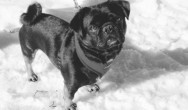
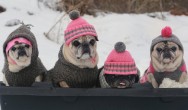
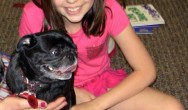


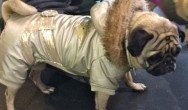
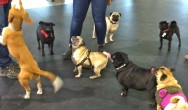
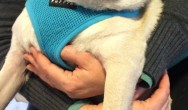
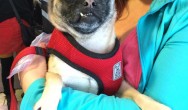
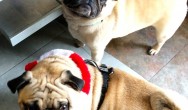
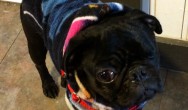
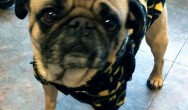
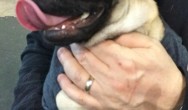
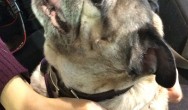
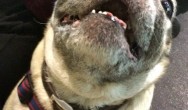
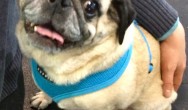
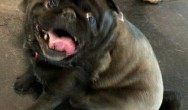
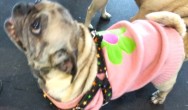
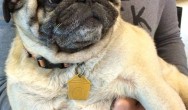
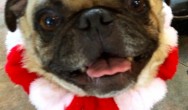
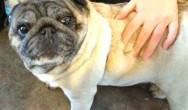
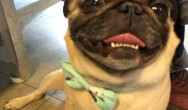
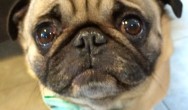
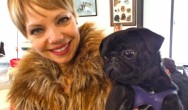
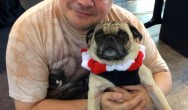
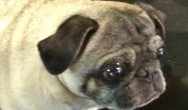
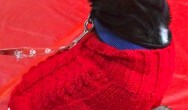


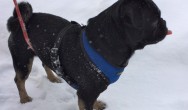
Leave a Reply